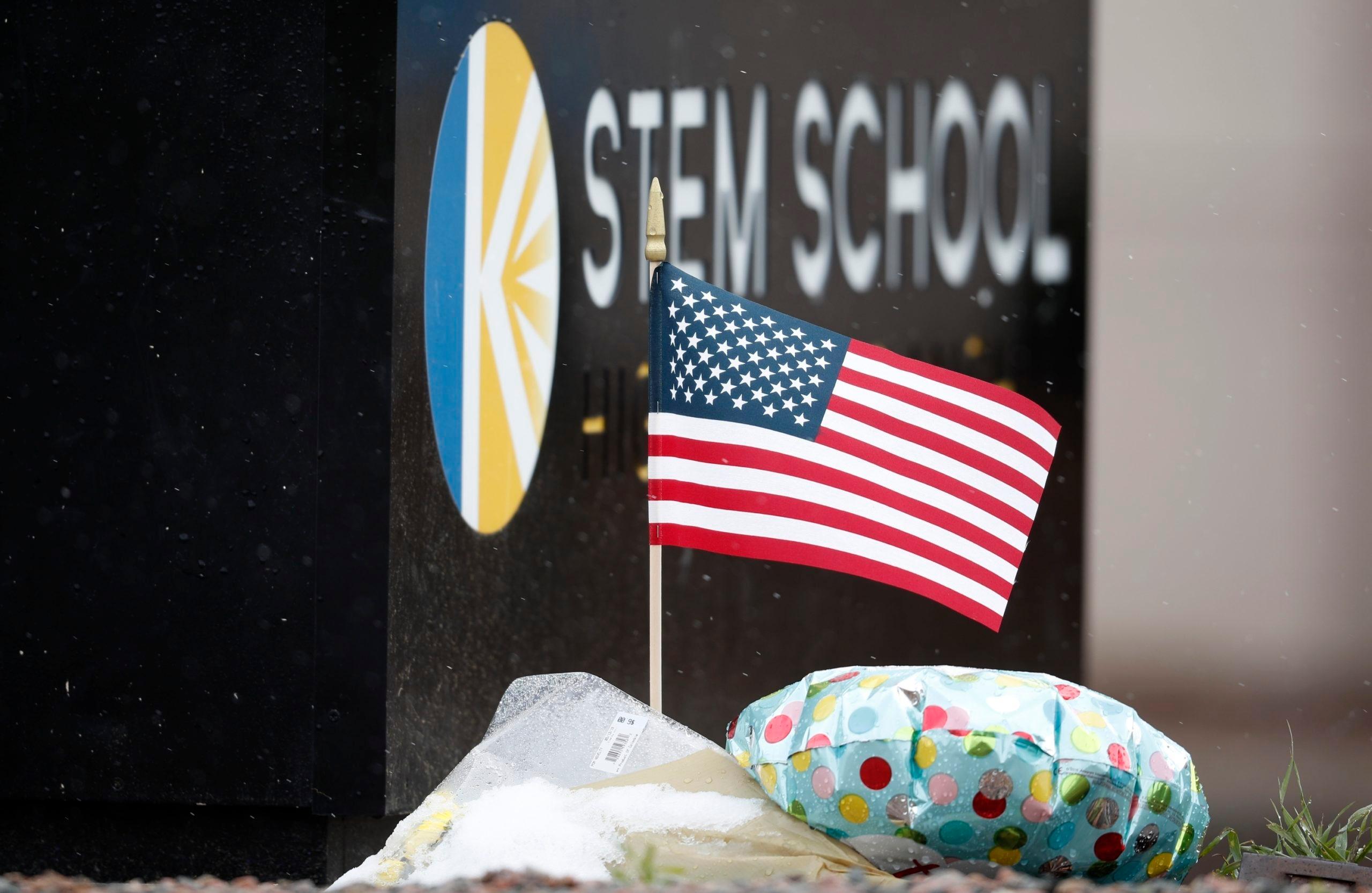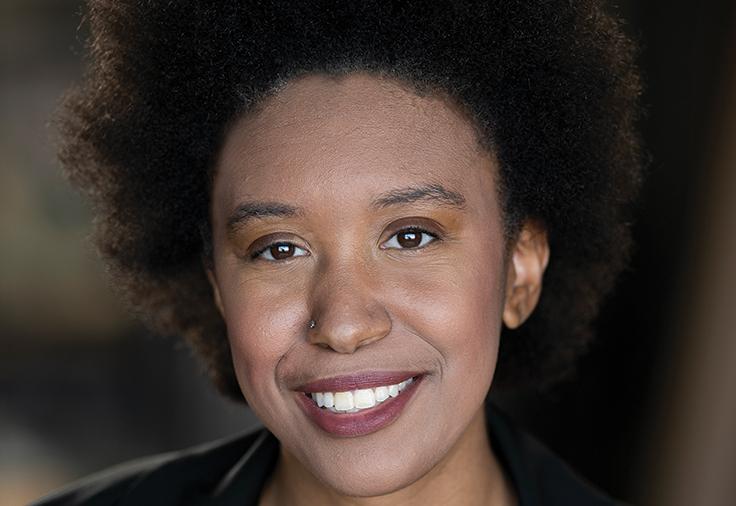
Alec McKinney, the younger alleged shooter in the Highlands Ranch STEM School shooting, has pleaded guilty at his arraignment Friday.
At the time of the shooting, McKinney was 16 years old. The other defendant, Devon Erickson, was 18. Both are to be tried as adults.
McKinney pleaded guilty to 17 counts, including first-degree murder. His mandatory minimum sentence is life with the possibility of parole after serving 40 years minus already earned time.
Erickson pleaded not guilty in early January.
According to Peter Langman, a school shooter expert, it is typical for shooters to plead not guilty. Their defense usually rests on some form of insanity of mental illness.
“That has no connection to how much information is known about them even if they are caught or on video,” Langman said.
Even if it is known that the alleged suspects did the crime, it is typical for the defense team to claim that there was bullying to provide a motivation to minimize the potential sentencing.
“One thing that stands out with this case is that there were two perpetrators,” he said.
Over the past 50 years of school shootings, Langman is only aware of four instances where there was more than one shooter. However, there have been multiple foiled attacks that involve more than one shooter. These attacks are usually stopped through police intervention or peers that have stepped up with information.
Before the shooting occurs, there is usually a paper trail that could include journal entries or social media posts.
On May 7, 2019, both students entered the school through a side door with weapons. Erickson's was concealed in a guitar case while McKinney had his in a backpack. They separated but kept in touch through Snapchat and texts.
One student, 18-year-old Kendrick Castillo, was shot and killed and eight others were injured.
Prosecutors have body camera interviews with both suspects and surveillance footage of both teenagers inside the school.
In most cases, perpetrators will go to prison for most of their lives but not always. If a suspect is too young, they will be held till they are 21. If no one dies in a shooting, the charges tend to be less serious and have a better chance of being released.
In the STEM Shooting case, the chances of either of the two suspects being released “is slim,” Langman said.









